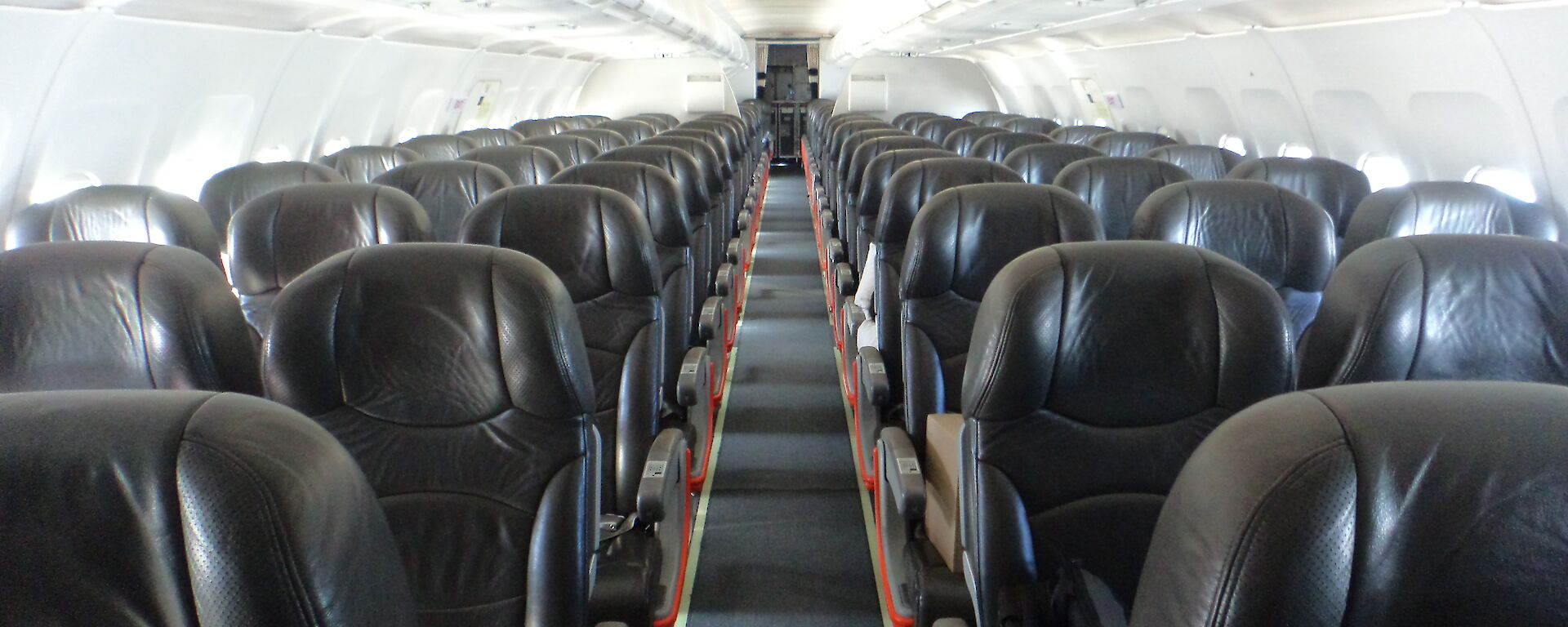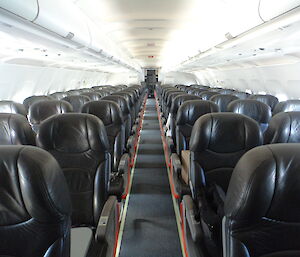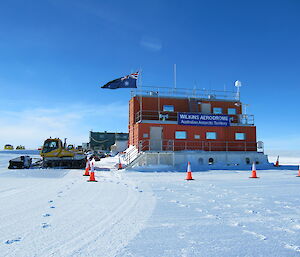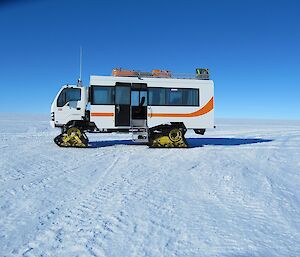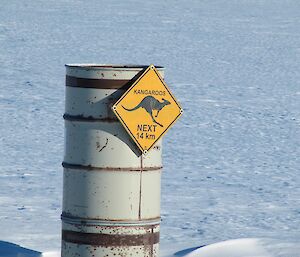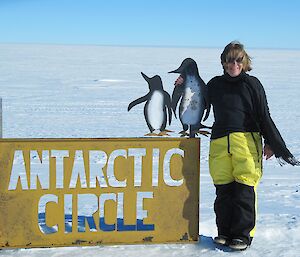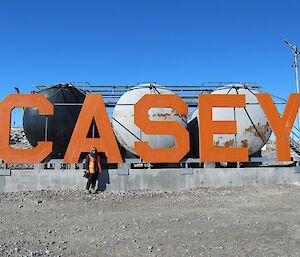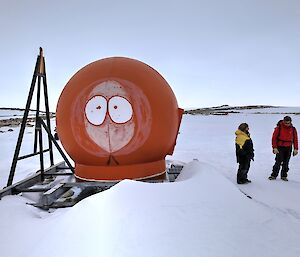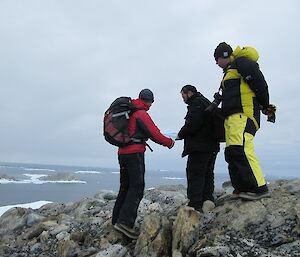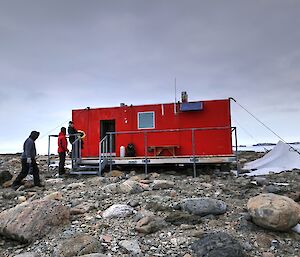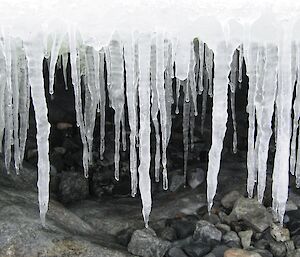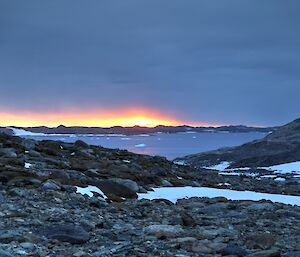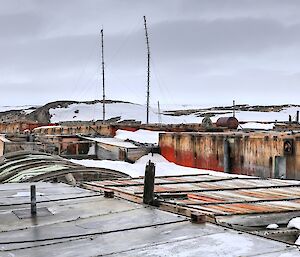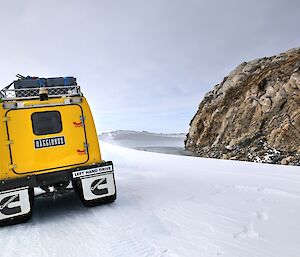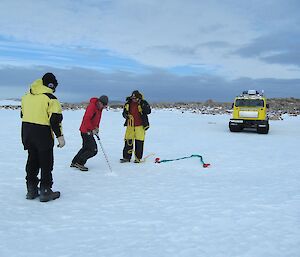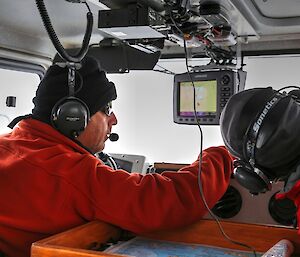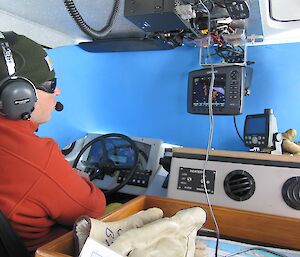For any arrival on station there is a requirement to do a Station Induction and then Survival and/or Field Training within the Station Operating Area. This is generally under the supervision and direction of the summer Field Training Officers (FTO).
With the departure of the last A319 flight imminent, three of us, Ali, Grant and Joe, departed station under the tutelage of James Hamilton, our FTO. James put us through our paces, teaching us not only how to check, prepare and drive the quad bikes on the plateau ice, but also how to navigate within the surrounding area that was now our home for the next ten months or more.
We travelled the established way-pointed routes to all the local sites of interest and refuge huts; first to Kennys, then out onto the sea ice to practise drilling and walking across the large and sometimes obscured tide crack.
My second night in the Antarctic was spent at Robbo’s, a very comfortable hut that sleeps four – just perfect. Before settling in for the evening we went for a walk to nearby rocky outcrops primarily so that James could collect temperature sensors deployed by scientists earlier in the summer, and us new comers could have a good look around.
While eating our delicious cryovacced dinner we became aware that despite the overcast conditions the sun had still managed to shine forth in all its splendour before sinking below the horizon.
Before returning to station the next day we visited Jack’s Donga, the Casey Ski Landing Area, and lastly the Wilkes Hilton, a large hut close to the nearby Wilkes Station which is a former US station abandoned by the Australians in the sixties in favour of the present station site.
Heading off on the quads was a great feeling, but it was obvious to us that to use this piece of equipment in the Antarctic it was essential to be well trained and familiar with the terrain we would be travelling over.

